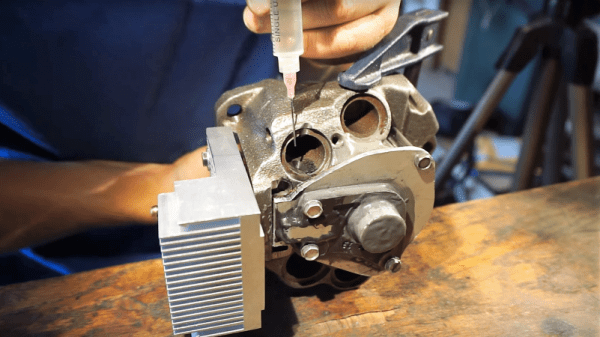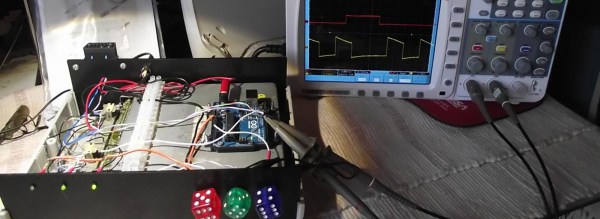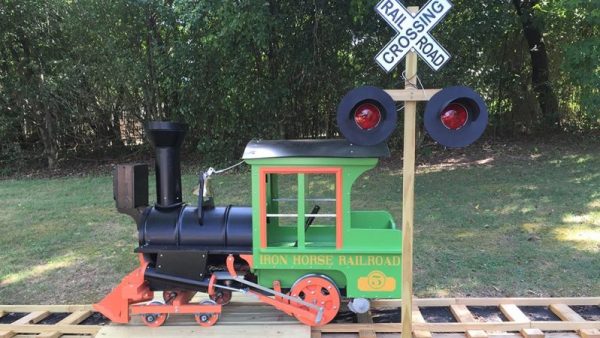Over the nearly a quarter century since the Web has been in existence, there have been various websites and projects in the field covered by Hackaday that have done the rounds and captured our attention for a while. Some have turned into major projects and products, others have collapsed spectacularly, while many have faded away and been forgotten.
It was one of those “I wonder what happened to… ” moments that prompted a search for just such a project that did the rounds a little at the start of this decade. Re-Engineering the Model A Engine is [Terry Burtz]’s project to take the Ford Model A engine from the 1920s and re-engineer it with the benefit of some upgrades to increase its longevity and reliability. The new engine would look identical to the original unit, but would feature modern metallurgy, a re-engineered crankshaft with up-to-date bearings, a pressurised lubrication system, and some cooling system modifications.
The web site has a fascinating technical description and history of the Model A engine, along with a detailed examination of the proposed upgrades. There is a long list of project updates, but sadly work stalled in 2015 due to difficulties finding an iron foundry that could cast the blocks at an affordable price. It’s a shame to see a promising project get so far and fall at this late hurdle, is it too much to hope that among the Hackaday readership there might be people in the foundry business who could advise? It’s quite likely that there would be a queue of Model A owners who would be extremely grateful.
If you think you’ve seen some veteran Ford action here before, you’d be right, but only to a point. Meanwhile where this is being written a similar project for a 1950s Standard Triumph engine would be most welcome.

















